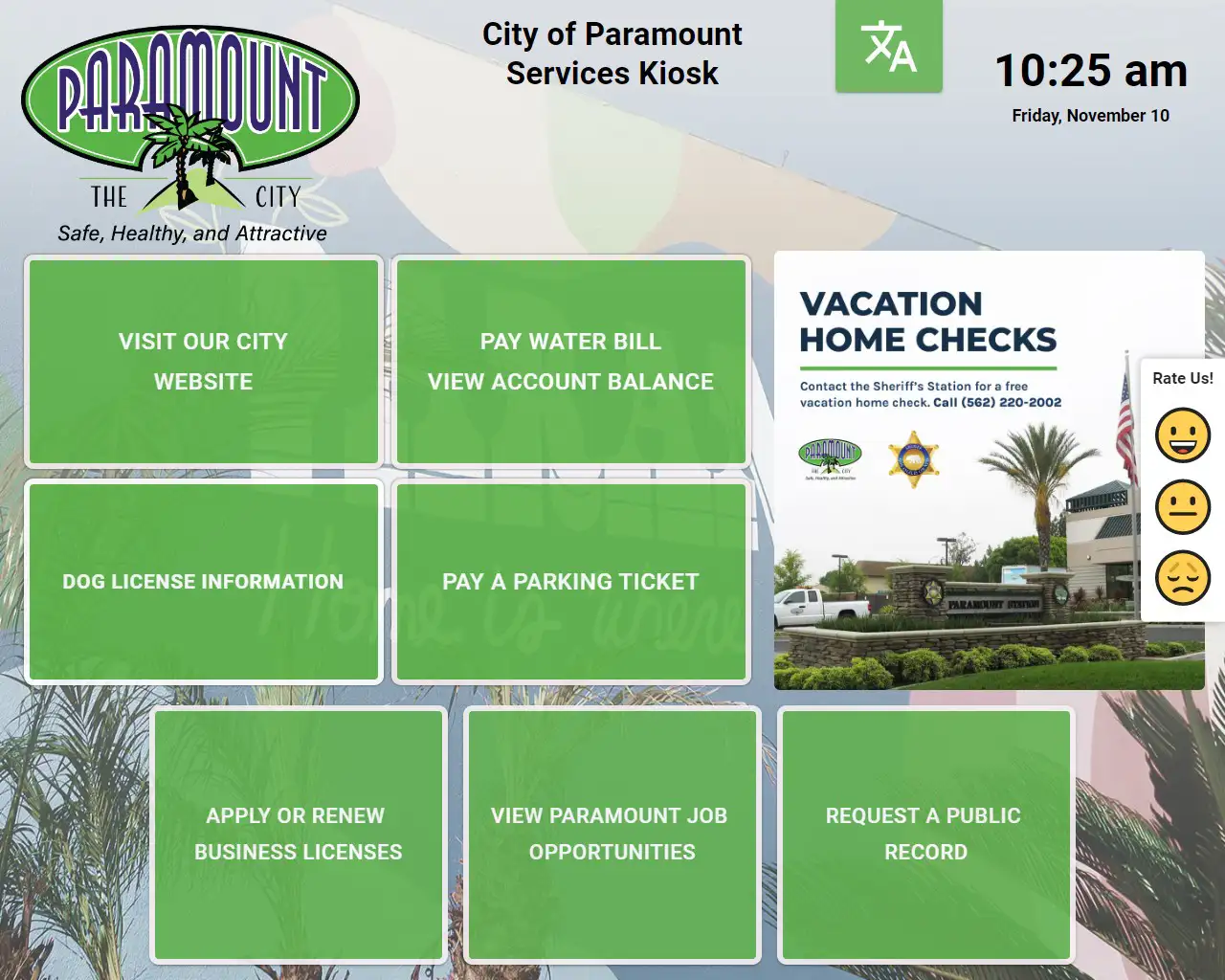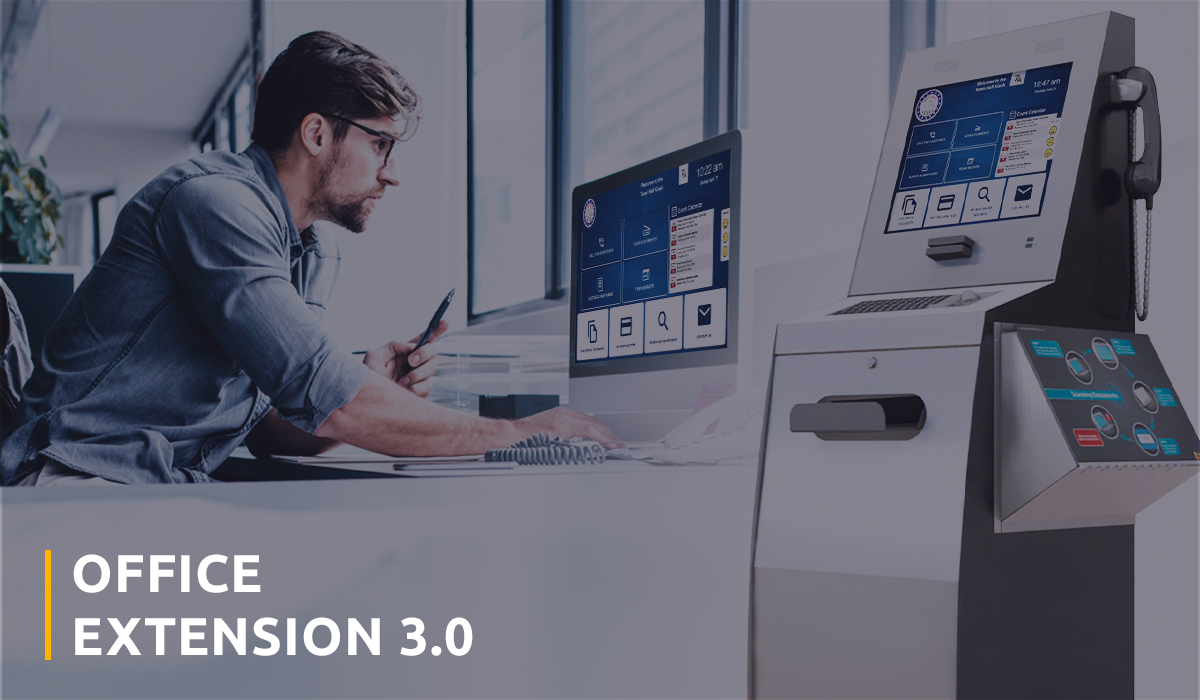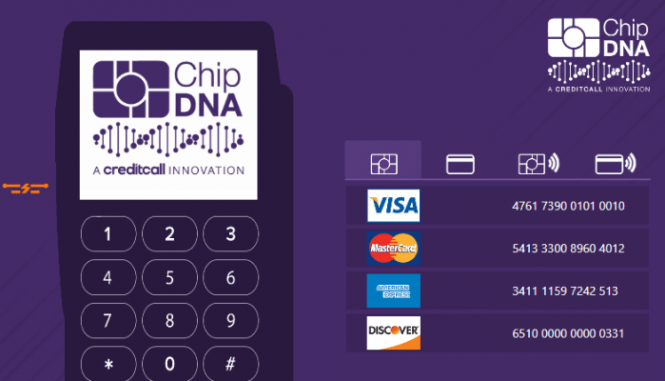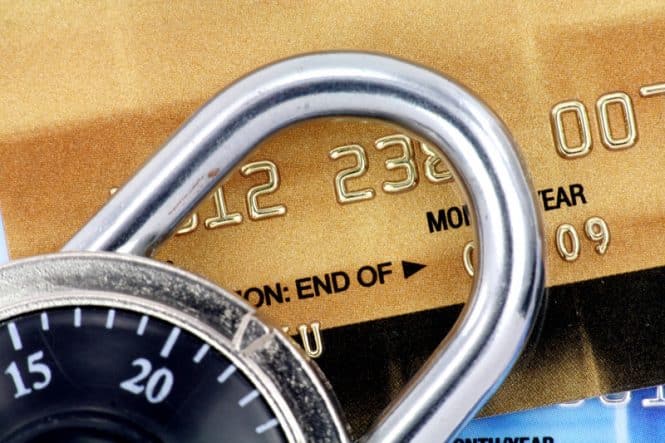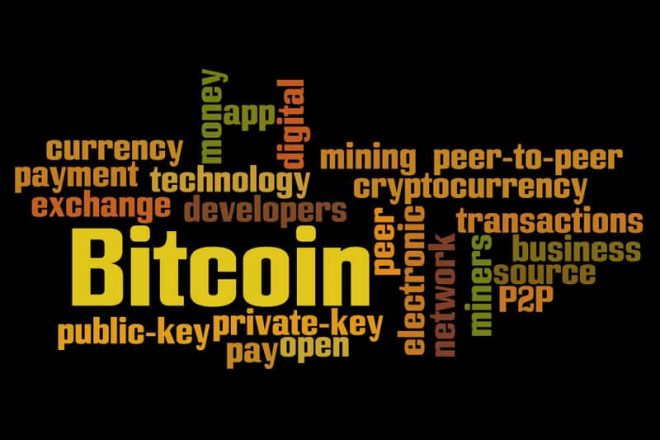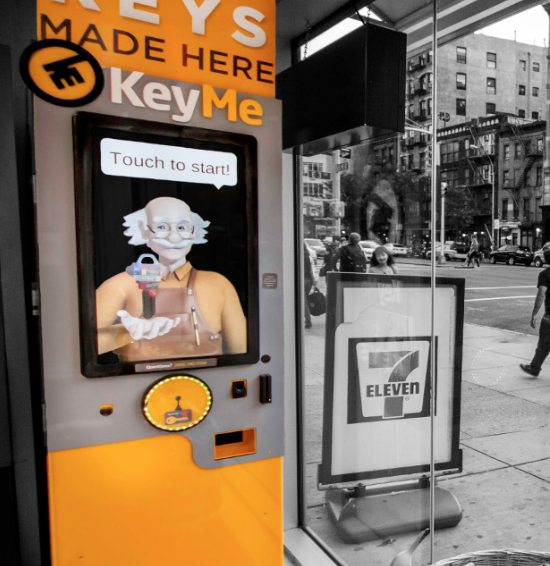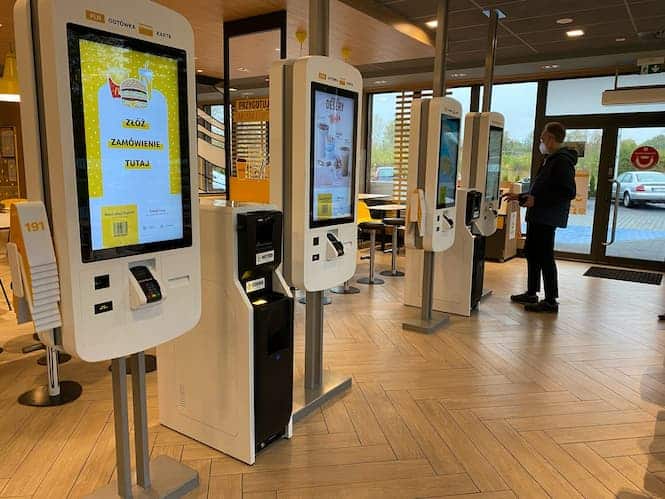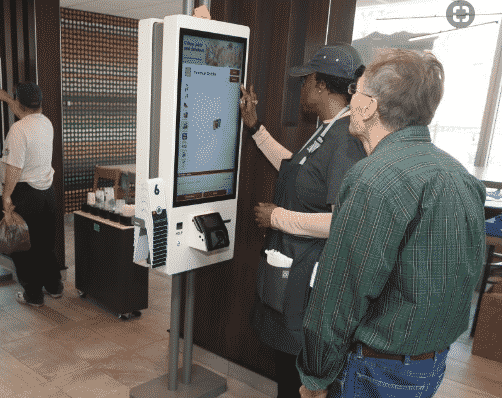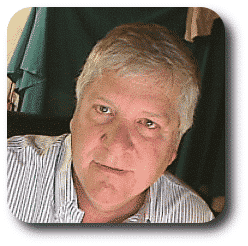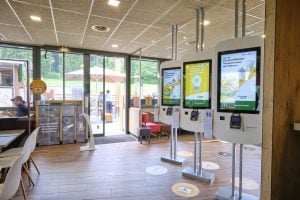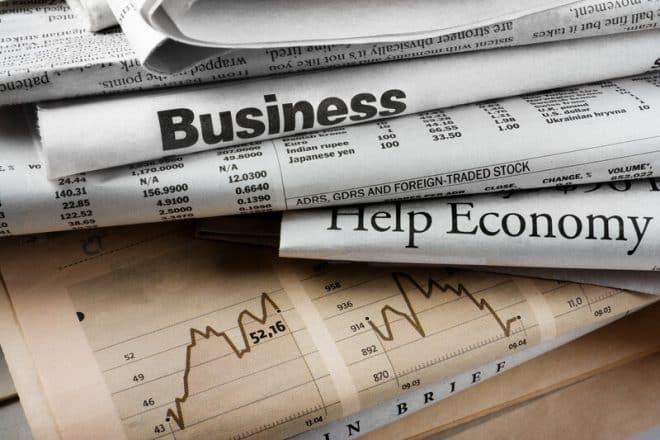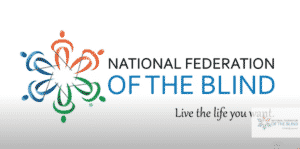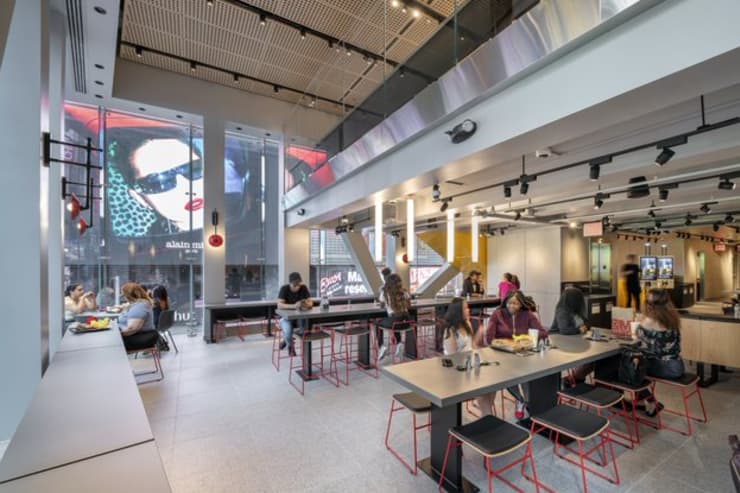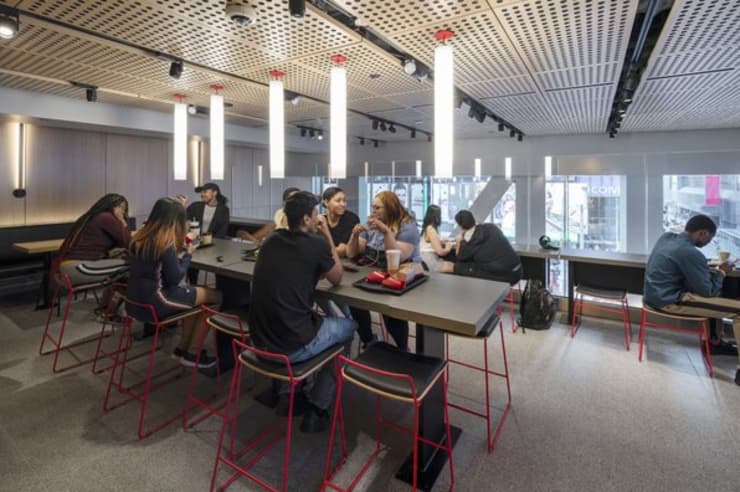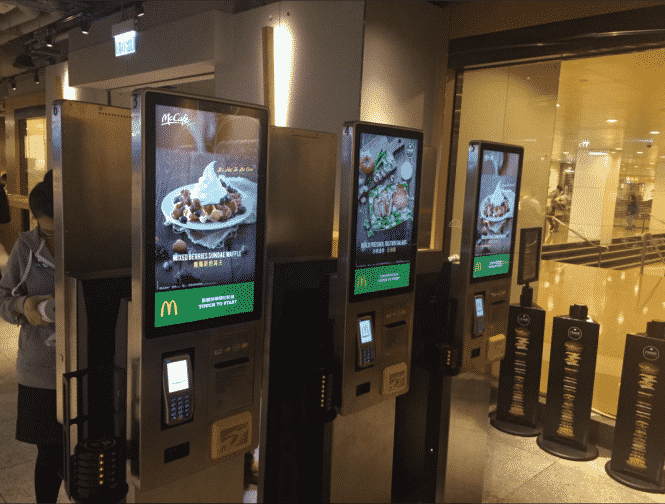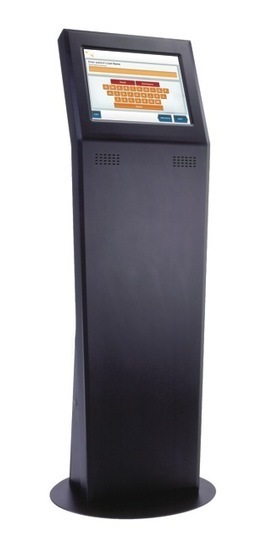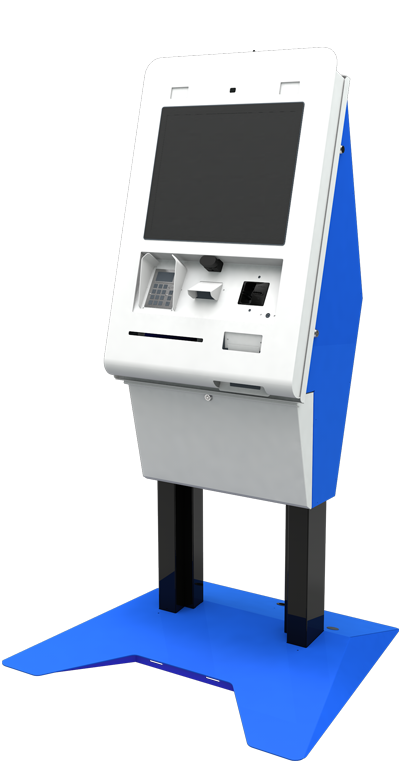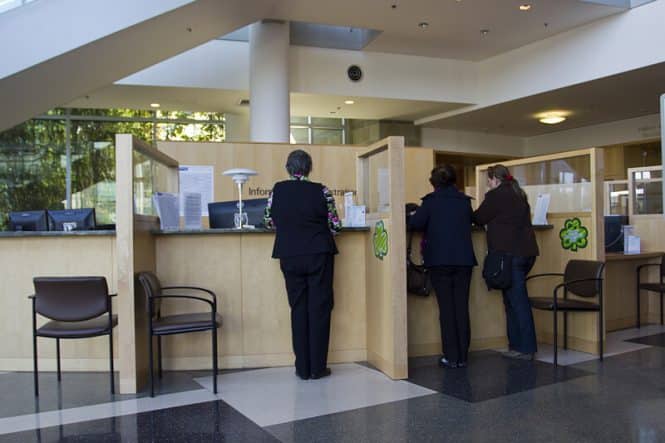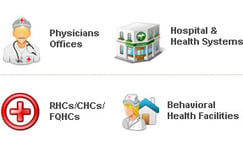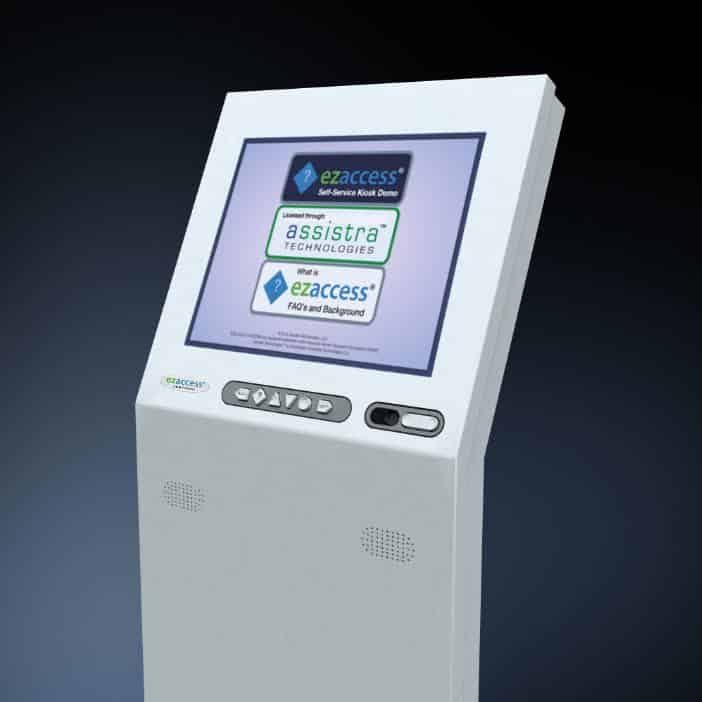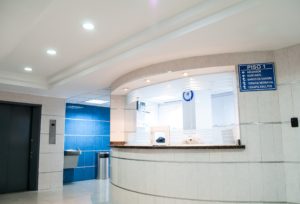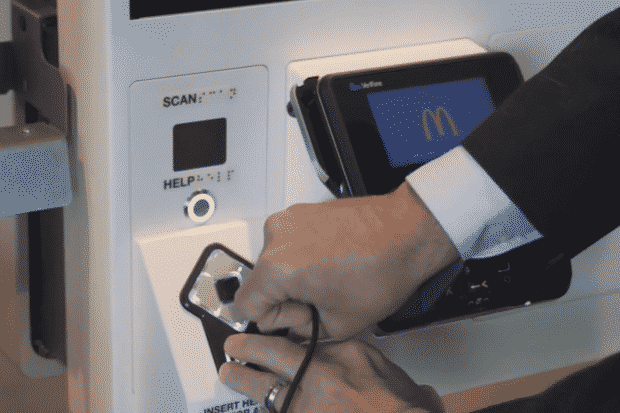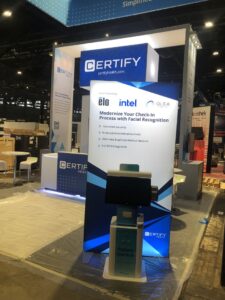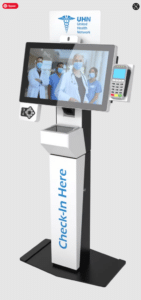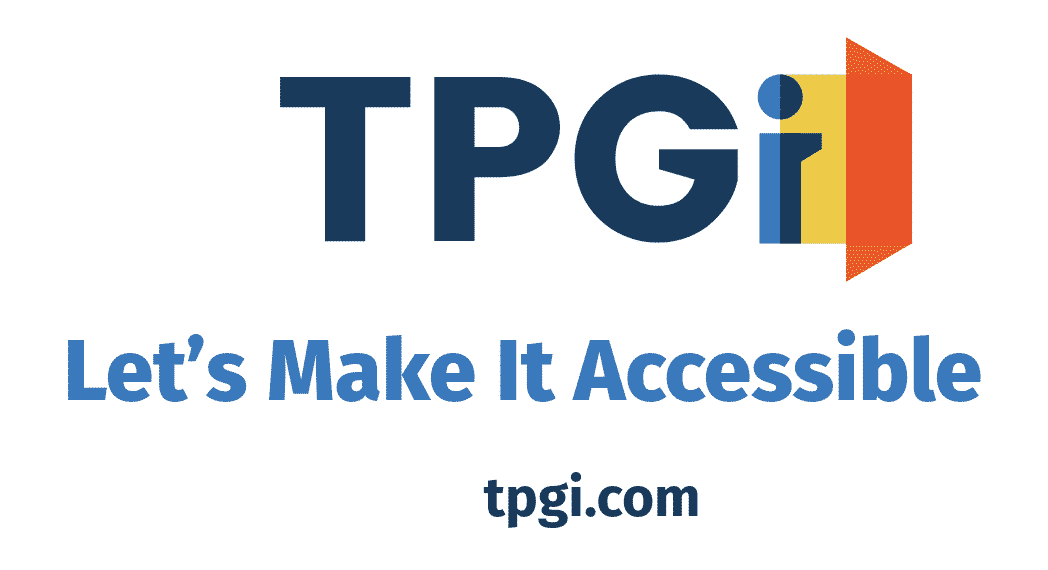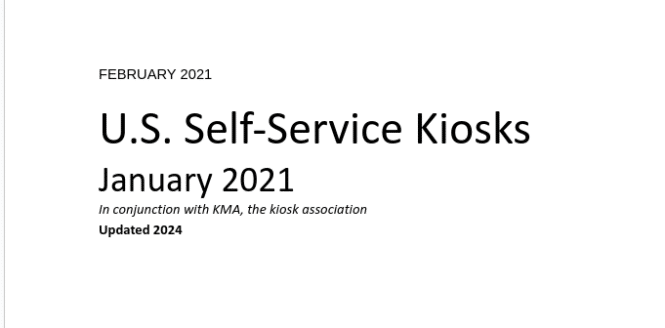
Kiosk Market Research Report KMA
We begin a series of releasing our kiosk market report that we served as chief analyst.
Below is the Introduction, Chapter One and Chapter Two. The remaining five chapters will be released each month
Chapter 1: Introduction 1
Study Goals and Objectives 2
Scope of Report 2
Chapter 2: Summary and Highlights 9
Chapter 3: U.S. Self-Service Kiosks: Market Overview 12
History of Self-Service Kiosks 12
Adoption of Kiosks in Non-Traditional Industries 12
Further Popularity of Small-Sized Models 12
Period of Acquisitions, Mergers and Partnerships 13
Future of Self-Service Kiosks 13
Development of Artificial Intelligence-Based Self-Service Kiosks 13
Tablet Kiosks: Future of Self-Service 14
Impact of COVID-19 14
Consumer Perception Towards Touchscreen Kiosks 16
Growth in Demand for Touchless Kiosks 16
Increase in Usage of Mobile Phones for Self-Ordering 17
Regulatory Impacts 17
ADA & Accessibility 17
Access Board Regulations 18
PCI Regulations 19
EMV Regulations 20
HIPPA Regulations 21
FDA Regulations 22
Market Drivers 22
Self-Service Kiosks Enhance Consumer Experience in the QSR and Retail Segments 23
Self-Service Kiosks Increase Revenue and Reduce Operating Costs 23
Growth of Smart City Kiosks 24
Increasing Demand for Contactless Payment 24
Market Restrains 25
Increasing Cyberattacks 25
High Initial Costs 26
Chapter 4: U.S. Self-Service Kiosks Market by Application 28
Introduction 28
Check-In Kiosks 30
Check-Out Kiosks 31
Ticketing Kiosks 32
Self-Ordering Kiosks 33
Financial Services Kiosks 35
Bill Payment Kiosks 36
Digital Signage Kiosks 37
Bitcoin Kiosks 39
Temperature Screening Kiosks 40
Others 41
Chapter 5: U.S. Self-Service Kiosks Market by End-User Industry 44
Introduction 44
Hospitality & Entertainment 46
Financial Services 47
Medical/Healthcare 49
Benefits of Kiosk-Enabled Healthcare System 49
Applications of Self-Service Kiosks for Telemedicine 49
Retail 50
Restaurants & Quick Service Restaurants 52
Travel & Transportation 54
Government 55
Educational Institutions 57
Others 58
Chapter 6: Competitive Landscape 60
Market Share Analysis 60
Strategic Analysis 61
Key Developments 63
Select Insights from Industry Leaders 68
Chapter 7: Company Profiles 70
List of Tables
Here are the updated companies (120 or so mainly, but then another 600 in our database file)
Olea Kiosks
KioWare Software
Pyramid Computer
Nanonation Software
Vispero ADA
KIOSK Information Systems
Kiosk Group Tablets
22Miles Digital Signage
Intel Kiosk
LG Business Solutions
Peerless-AV Kiosks
Acquire Digital Software
DynaTouch Bill Payment
Panasonic Restaurant Solutions
Ingenico Payment
Star Micronics Printers
Advanced Kiosks
Entropy Cabinet Solutions
Dolphin ADA
Pitney Bowes Service
Kodak Moments
ImageHolders Kiosks
REDYREF Kiosks
10Zig Thin Client
Elotouch Touch Screens
Alpine Kiosk
LG-MRI
POSBANK
Sitekiosk
MIMO Monitors
UCP Unattended Payments
FEC Kiosks – custom kiosks & standard kiosks
Storm Interface
Tech For All
ELATEC RFID
Keyser
Self-Service Networks
Evolis Badge & Card Printers
Verneek AI Assist for Retail
DotInCorp for accessibility and Braille
AAG Consulting
WelcomeWare – virtual receptionist kiosk
Datacap Systems, Inc. — kiosk payment systems and merchant account software
TouchPay Bill Payment Kiosks
Alveni– custom kiosks and software
Insight Touch touchscreens + kiosks
SapientX – conversational AI voice avatar
Kiosk Innovations — custom and standard kiosks of all types
TDS TOUCH Touchscreens
BOCA Systems Ticket & Receipt Printers
Identiv – Identification Systems
Nanoptix – printers gaming & more
Xtreme Power — kiosk UPS & power solutions
Accushield – Health Screening Kiosk
SUZOHAPP – OEM Components + kiosks
Actineon
SelfPay — Since 2009, Automated Payment Stations
SysTech Displays, Inc. — the Leader in Braille, ATM and Custom Signs
Additional Companies
Esper | Android DevOps Solutions for Dedicated Devices
American Kiosks
TECA – Thermoelectric Air Conditioners
Frank Mayer – Kiosks and Retail Displays
Evolis | badge and card printers solutions
TSItouch
AXIOHM, thermal printing solutions
IDmission | Biometric Security and Authentication
Innovative Technology
Panel Brite Sunlight Readable Displays
Qwick Media Inc.
Intuiface: Next Generation Interactive
OTI Global Card Readers
Lazenby Group UK Kiosk Solutions
Marathon Deployment
Practical Automation – Ticket Printing (closing shop)
EMSAR – On-Site Service & Support
General Touch Co., Ltd.
TEAMSable
Evoke Kiosks
Parabit Systems
OptConnect – Wireless Solutions
TokenWorks – IDWedgePro
AUO
Custom Digital Display | Signage | The Bluefin
Touch Dynamic | All in One Touch Computers
STEGO: Thermal Management
Microcom Corporation
Wells-Gardner Technologies, Inc. – LCDs
IHL Group
Samsung Displays
Lilitab Tablet Kiosks
Goldfinger Monitors
TouchPay Bill Pay Kiosk
Burroughs – Service
TTCE Card Dispensers
Custom Covers, Retail Display Covers, Concessions Covers
Gibco Kiosks
CUSTOM Printers and POS Terminals
KFI CUSTOM PRINTER
Visualplanet
Crane Payment Innovations (CPI)
ARCA – Currency Systems (defunct)
Boyd Sign Systems
ICI Kiosk | 360 Group Holdings
NEXTEP SYSTEMS
MagTek – credit card payment
Agile Foorce – Remote Technologies
Source Technologies
ACF Technologies
bright box
Advantech Computers – also resells kiosks
Here are the original tables which are now out of date (28 total – several withdrew or do very little in kiosk space)
Summary Table: U.S. Self-Service Kiosks Market, by Application, Through 2025 ($ Millions) 10
Table 1 U.S. Self-Service Kiosks Market, by Application, Through 2025 ($ Millions) 29
Table 2 U.S. Self-Service Kiosks Market, by End-User Industry, Through 2025 ($ Millions) 45
Table 3 U.S. Self-Service Kiosks Key Developments Market, 2019 and 2020 63
Table 4 22Miles Inc.: Products and Solutions 71
Table 5 Acquire Digital Inc.: Products and Services 73
Table 6 Acquire Digital Inc.: Recent Developments, 2020 74
Table 7 Alveni LLC: Products and Services 75
Table 8 KioWare: Products and Services 76
Table 9 KioWare: Recent Developments, 2019 77
Table 10 AU Optronics Corp.: Products and Services 78
Table 11 AU Optronics Corp.: Recent Developments, 2019 and 2020 78
Table 12 Burroughs Inc.: Products and Services 80
Table 13 Burroughs Inc.: Recent Developments, 2020 80
Table 14 DynaTouch: Products and Services 81
Table 15 Evoke-Creative: Products and Services 83
Table 16 Evoke-Creative: Recent Developments, 2019 84
Table 17 Frank Mayer and Associates Inc.: Products and Services 85
Table 18 Frank Mayer and Associates Inc.: Recent Developments, 2019 and 2020 86
Table 19 Honeywell International Inc.: Net Revenue, 2017-2019 ($ Millions) 87
Table 20 Honeywell International Inc.: Products and Services 89
Table 21 Honeywell International Inc.: Recent Developments, 2020 89
Table 22 Kiosk Group Inc.: Products and Services 90
Table 23 Kiosk Group Inc.: Recent Developments, 2019 91
Table 24 Kiosk Innovations: Products and Services 92
Table 25 Kiosk Information Systems: Products and Services 93
Table 26 Kiosk Information Systems: Recent Developments, 2019 and 2020 93
Table 27 Lilitab LLC: Products and Services 95
Table 28 Marathon Deployment Inc.: Products and Services 96
Table 29 Mimo Monitors: Products and Services 97
Table 30 Mimo Monitors: Recent Developments, 2020 98
Table 31 Nanonation Inc.: Products and Services 99
Table 32 Nanonation Inc.: Recent Developments, 2020 100
Table 33 Olea Kiosks Inc.: Products and Services 102
Table 34 Olea Kiosks Inc.: Recent Developments, 2019 103
Table 35 Parabit Systems: Products and Services 104
Table 36 Peerless Industries Inc.: Products and Services 105
Table 37 Provisio LLC.: Products and Services 107
Table 38 Pyramid Computer GmbH: Products and Services 108
Table 39 Pyramid Computer GmbH: Recent Developments, 2019 and 2020 109
Table 40 Qwick Media Inc.: Products and Services 110
Table 41 Qwick Media Inc.: Recent Developments, 2019 and 2020 111
Table 42 Self-Service Networks: Products and Services 112
Table 43 Storm Interface: Products and Services 113
Table 44 Storm Interface: Recent Developments, 2019 and 2020 114
Table 45 TEAMSable POS: Products and Services 115
Table 46 TEAMSable POS: Recent Developments, 2019 115
Table 47 Tech For All Inc.: Products and Services 116
Table 48 Vispero: Products and Services 117
Table 49 Zebra Technologies Corp.: Net Revenue, 2017-2019 ($ Millions) 118
Table 50 Zebra Technologies Corp.: Products and Services 120
Table 51 Zebra Technologies Corp.: Recent Developments, 2019 120
List of Figures
Summary Figure: U.S. Self-Service Kiosks Market, by Application, 2019-2025 ($ Millions) 10
Figure 1 U.S. Self-Service Kiosks Market, by Application, 2019-2025 ($ Millions) 29
Figure 2 U.S. Check-In Kiosks Market, 2019-2025 ($ Millions) 31
Figure 3 U.S. Check-Out Kiosks Market, 2019-2025 ($ Millions) 32
Figure 4 U.S. Ticketing Kiosks Market, 2019-2025 ($ Millions) 33
Figure 5 U.S. Self-Ordering Kiosks Market, 2019-2025 ($ Millions) 34
Figure 6 U.S. Financial Services Kiosks Market, 2019-2025 ($ Millions) 36
Figure 7 U.S. Bill Payment Kiosks Market, 2019-2025 ($ Millions) 37
Figure 8 U.S. Digital Signage Kiosks Market, 2019-2025 ($ Millions) 39
Figure 9 U.S. Bitcoin Kiosks Market, 2019-2025 ($ Millions) 40
Figure 10 U.S. Temperature Screening Kiosks Market, 2020 and 2021 ($ Millions) 41
Figure 11 U.S. Other Types of Kiosks Market, 2019-2025 ($ Millions) 42
Figure 12 U.S. Self-Service Kiosks Market, by End-User Industry, 2019-2025 ($ Millions) 45
Figure 13 U.S. Hospitality & Entertainment Kiosks Market, 2019-2025 ($ Millions) 47
Figure 14 U.S. Financial Services Kiosks Market, 2019-2025 ($ Millions) 48
Figure 15 U.S. Medical/Healthcare Kiosks Market, 2019-2025 ($ Millions) 50
Figure 16 U.S. Retail Kiosks Market, 2019-2025 ($ Millions) 52
Figure 17 U.S. Restaurants & Quick Service Restaurants Kiosks Market, 2019-2025 ($ Millions) 54
Figure 18 U.S. Travel & Transportation Kiosks Market, 2019-2025 ($ Millions) 55
Figure 19 U.S. Government Kiosks Market, 2019-2025 ($ Millions) 56
Figure 20 U.S. Educational Institutions Kiosks Market, 2019-2025 ($ Millions) 57
Figure 21 U.S. Other Types of Industry Kiosks Market, 2019-2025 ($ Millions) 58
Figure 22 U.S. Self-Service Kiosks Market Share Analysis, by Company, 2019 (%) 61
Figure 23 U.S. Self-Service Kiosks Market Strategic Share Analysis, 2019 62
Figure 24 Honeywell International Inc.: Revenue Share, by Segment, 2019 (%) 88
Figure 25 Honeywell International Inc.: Sales Share, by Country/Region, 2019 (%) 88
Figure 26 Zebra Technologies Corp.: Revenue Share, by Business Segment, 2019 (%) 119
Figure 27 Zebra Technologies Corp.: Revenue Share, by Region, 2019 (%) 119
Introduction
A self-service kiosk is an interactive device that enables a customer to conduct some sort of transaction or to facilitate a service at their convenience. For example, by using a self-service kiosk a consumer can buy a ticket for a train or bus trip by just going to the device, paying their fare and getting a ticket, all without waiting in line or asking for help. Self-service kiosks are being used more and more at quick-service restaurants, where they can help reduce ordering and waiting time. Kiosks are also very useful for checking in and out of hotels; offices use them to check in their inventories; and airports deploy them to enable consumers to check in to a flight to save the consumers and the airlines time. Prior to kiosk technology being widely adopted, cost-conscious businesses had to choose between slower service with fewer employees of more employees to provide quicker service. Now, kiosks make it possible to both provide quick service and limit the number of employees providing service. Self-service kiosks provide a convenient alternative for consumers to the full-service counter.
The intent of a self-service kiosk is to speed up customer interaction, ensuring a fast and convenient exchange on both sides. Four basic services are normally offered by self-service kiosks: payment options, check-in services, branding/promotion, and product management. Near-field communication (NFC) and other safe payment options are provided by some self-service kiosks, enabling users to purchase a vast range of digital services via an automated system. With self-service kiosks, check-in for hotels and flights can be done very quickly, saving a lot of time compared to other types of check-in. Without any extra effort from the company, branding and marketing are easily done because any ads can be shown on the kiosks for a large number of people to see. Finally, if a product needs to be delivered rapidly, kiosks can do this, handling heavy foot traffic while ensuring accurate service.
In this report, the U.S market for self-service kiosks is segmented based on the application and end-user industry. Based on applications, the self-service kiosks market has been categorized into Check-in Kiosks, Check-out Kiosks, Ticketing Kiosks, Self-ordering kiosks, Financial Services Kiosks, Bill Payment Kiosks, Digital Signage Kiosks, Bitcoin Kiosks, Temperature Screening Kiosks, and Others. Check-in Kiosks accounted for the largest share of the market in 2019.
Based on the end-user industry, the self-service kiosks market has been segmented into Hospitality & Entertainment, Financial Services, Medical/Healthcare, Retail, Food Service, Travel & Transportation, Government, Education Institutions, and Others.
In this report, ATMs and vending machines are excluded.
Study Goals and Objectives
The goals and objectives of this study are to:
Define the U.S self-service kiosks market.
Analyze the market by application and end-user industry.
Estimate the market revenues for the self-service kiosks market, by application and end-user verticals.
Identify market drivers, restraints and other forces impacting the U.S. self-service kiosks market.
Profile major players and discuss solutions and strategies.
Analyze the current regulations in the self-service kiosk market.
Scope of Report
Focusing on the U.S market, this report provides an extensive analysis of the self-service kiosks market, considering the application and end-user industries. It includes market projections for 2020-2025, segmented by revenue forecasts based on application and end-user industry. The report also encompasses the total revenue of self-service kiosks OEMs, software providers, and service providers to estimate market values.
Furthermore, the report explores the market for self-service kiosks regarding the user base across various end-user industries. It highlights key market trends, challenges, and the vendor landscape. Additionally, it estimates the size of the U.S market for self-service kiosks in 2019 and provides projections for the anticipated market size through 2025.
It is important to note that market projections for 2021 were estimated based on the assumption that the distribution of COVID-19 vaccines would be largely completed by the end of the second quarter of 2021.
Intended Audiences
The report will interest the following audiences:
Technology providers.
Self-service kiosks solution developers.
Display manufacturers.
Tablet kiosk developers.
Academic institutions.
Advertising agencies.
Cloud solution providers.
Software developers.
Research institutions.
Private organizations.
Government agencies.
Independent consultants.
Investors.
Information Sources
The following sources were used to obtain the information required for the study:
Primary sources:
Selected experts from related industries.
Market leaders.
Secondary sources:
Industry publications.
Company websites.
Directories.
Research papers.
White papers.
Databases such as OneSource, Factiva and Bloomberg.
SEC filings.
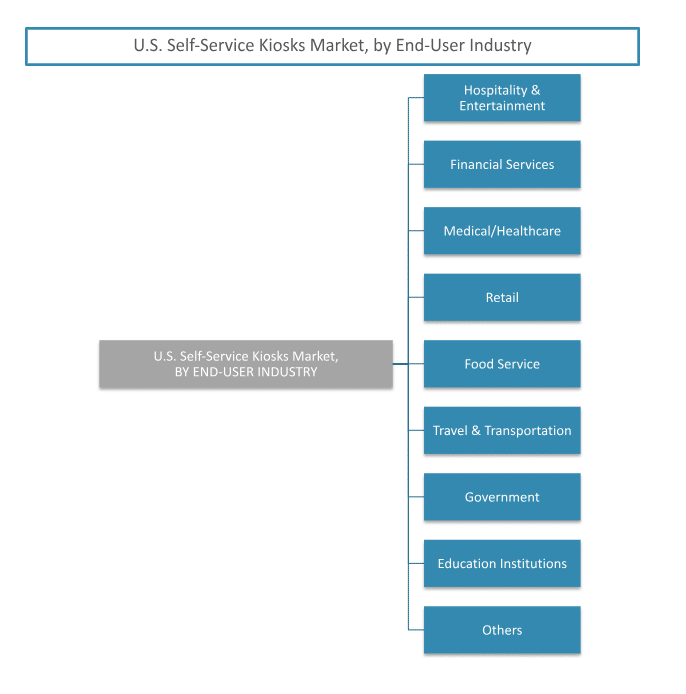
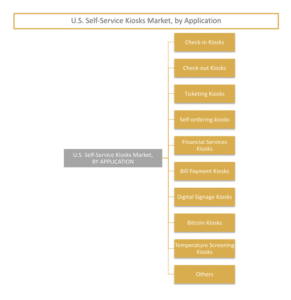 ‘
‘
Chapter 2: Summary and Highlights
Self-service kiosks are interactive, intuitive electronic systems used in various domains such as restaurants, healthcare, travel, and retail. They enhance operational efficiency and streamline product and service delivery.
In 2019, the U.S. self-service kiosk market was valued at $2.6 billion, projected to grow at a CAGR of 16.1% to reach $4.4 billion by 2025.
The market is segmented based on applications (check-in kiosks, check-out kiosks, etc.) and end-user industries (retail, healthcare, hospitality, etc.). Check-in kiosks had the largest market share in 2019.
In the retail segment, self-service kiosks are widely used in department stores, grocery stores, and specialty retailers. The need for a multi-channel environment to connect with customers and the proliferation of contactless payments contribute to their growth.
The fastest-growing end-user segment is medical and healthcare, valued at $312.3 million in 2019. Self-service kiosks can be used for various purposes in healthcare, such as appointment check-in, patient identification, and prescription refills.
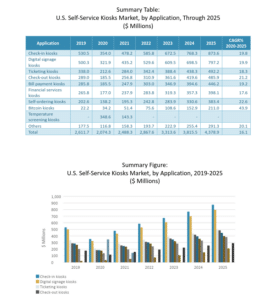
Post Views: 454
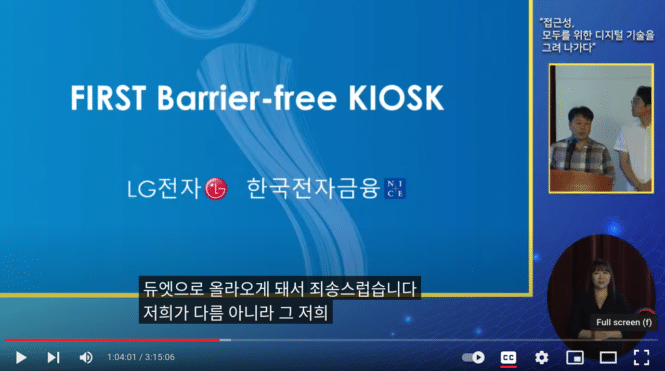


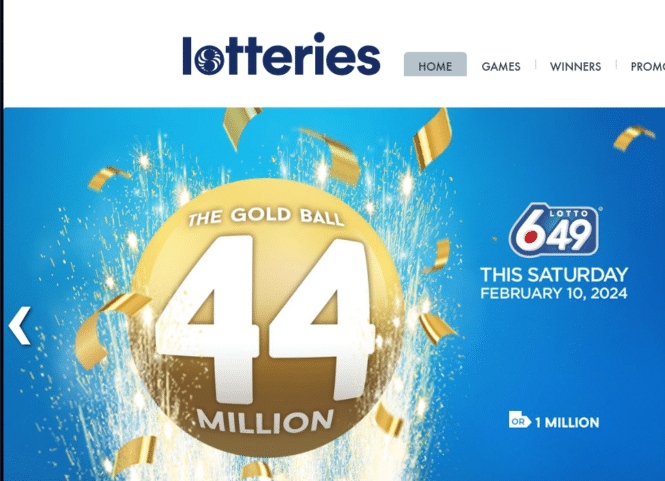

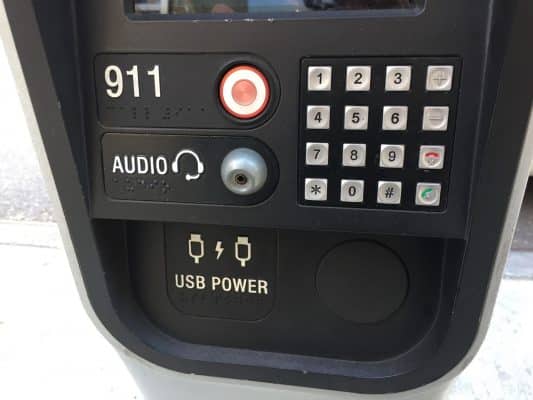
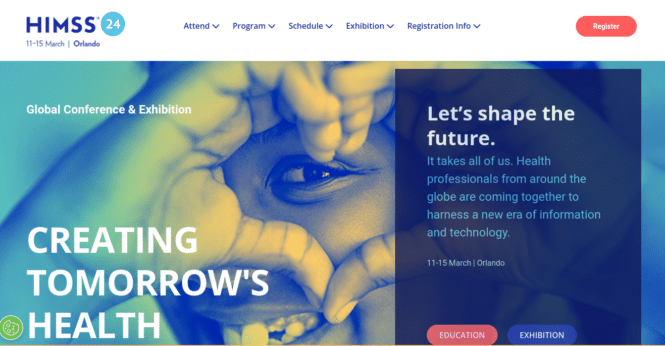
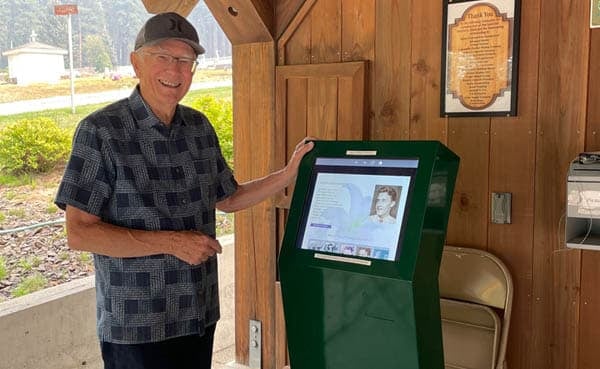
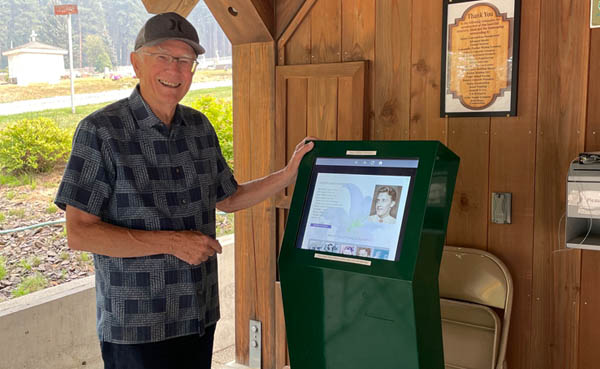

 The center reached out to Advanced Kiosks for a secure and convenient solution for their 106 residents to access treatment software. After weighing several options, they opted to go with four
The center reached out to Advanced Kiosks for a secure and convenient solution for their 106 residents to access treatment software. After weighing several options, they opted to go with four 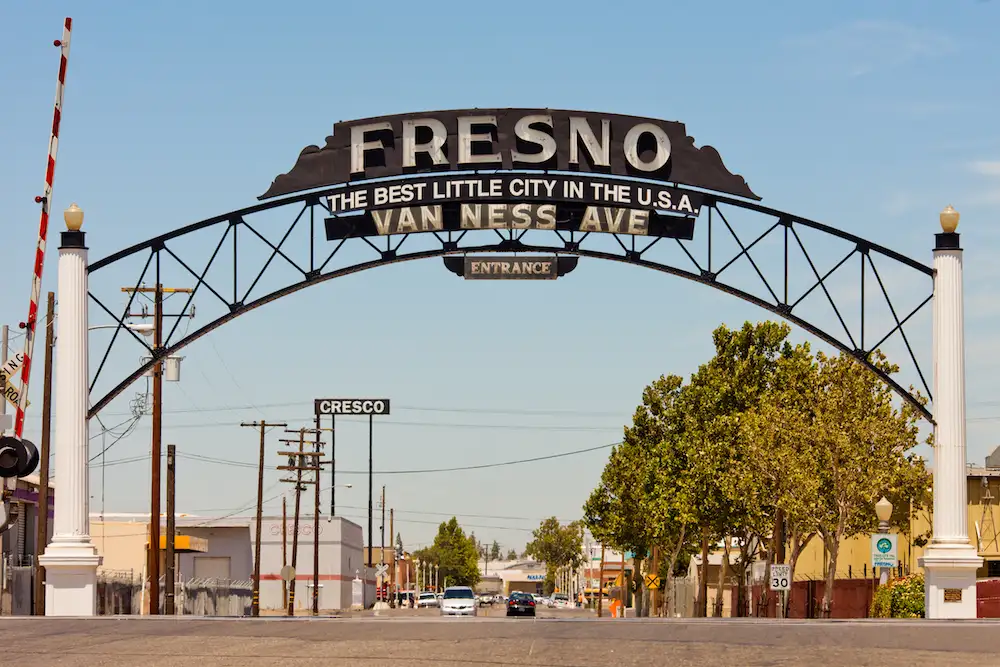
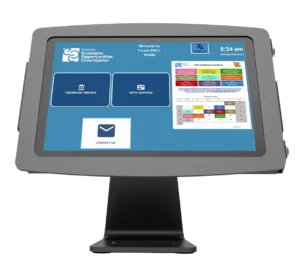



 The
The 